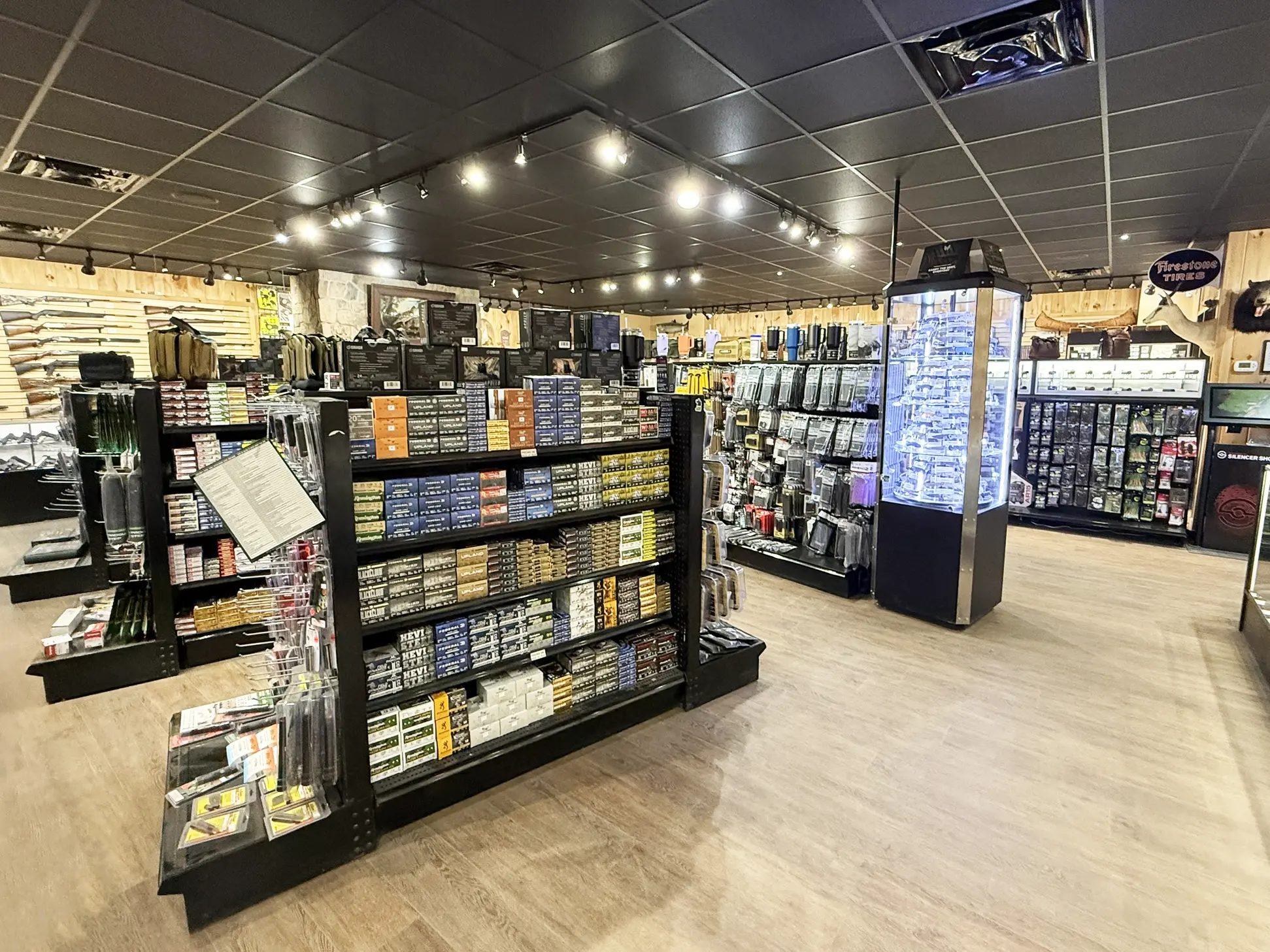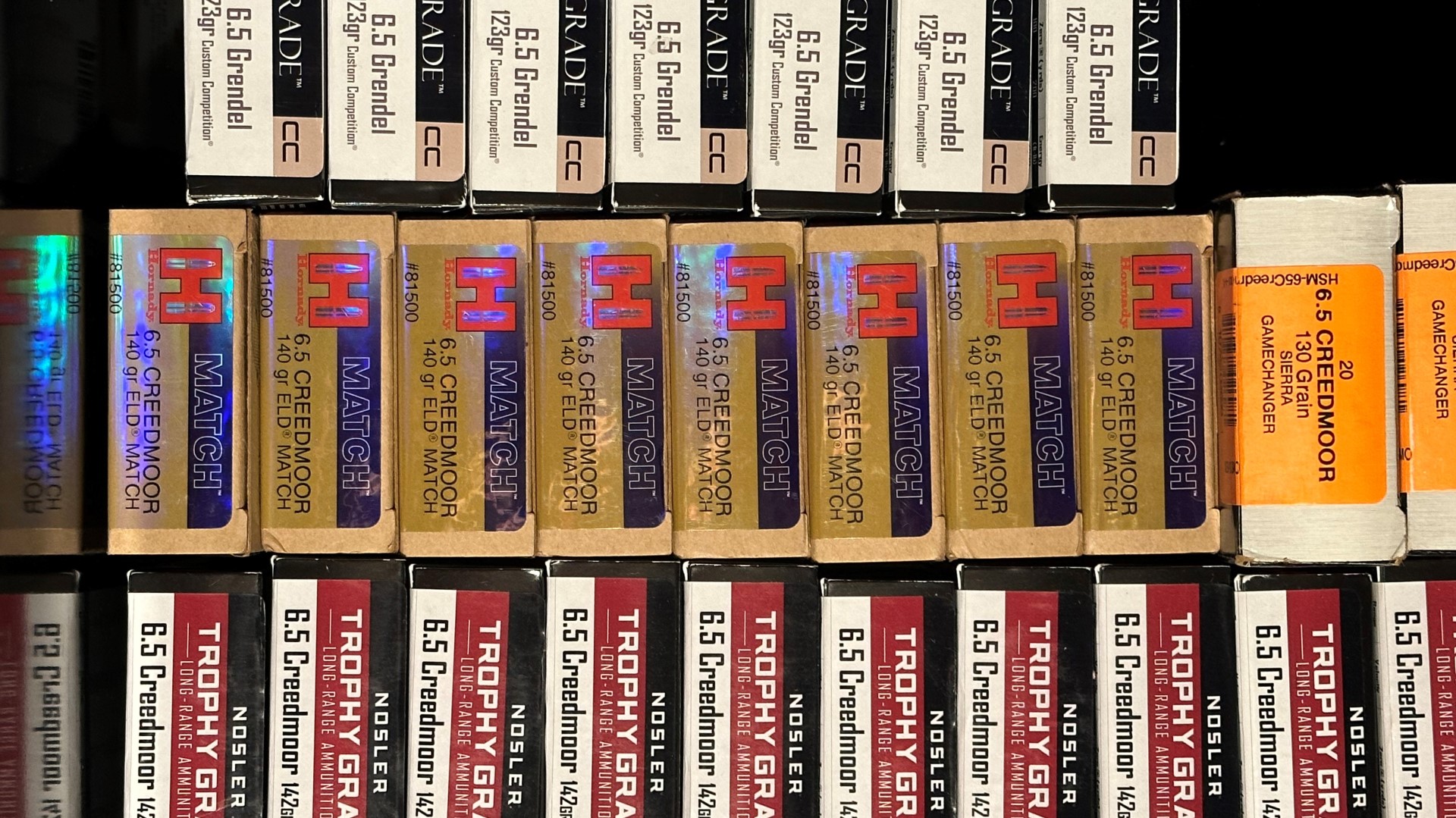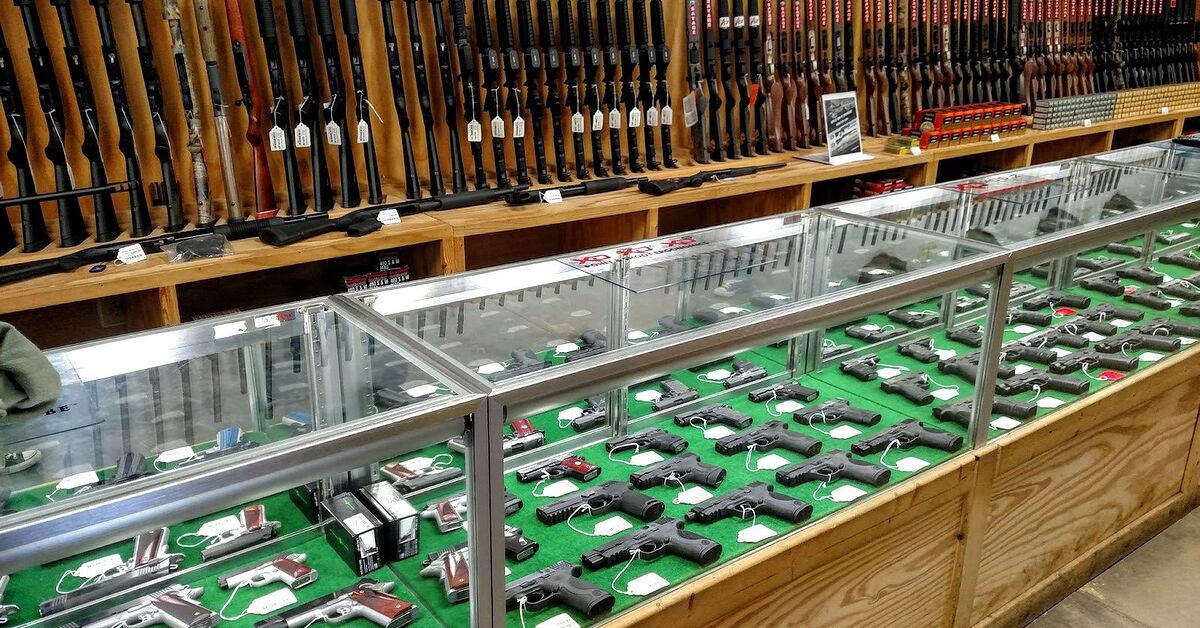Stock Up on Ammunition with Unbeatable Rates at Ammunition Pro LLC
A Comprehensive Overview to Ammo Safety and Storage Best Practices
Ammunition safety and security and storage space are critical facets of liable firearm ownership. Recognizing the elements and types of ammo is foundational. Essential safety and security procedures must be observed throughout taking care of to stop mishaps. Proper storage space options vary by environment and need mindful factor to consider. As one analyzes recommended containers and stock practices, the value of regular upkeep becomes clear. What certain steps can boost security and decrease risks? Discovering these questions can bring about significant enhancements in readiness.
Recognizing Ammo Components and Kind
Ammo, the lifeline of weapons, includes several vital components that interact to guarantee appropriate functioning. The key elements include the projectile, casing, propellant, guide, and sometimes, a wad. The projectile is the bullet that departures the barrel upon firing. The case, commonly made of brass or steel, holds the other elements together and provides a seal to have the stress created when the propellant sparks. Propellant, usually a sort of gunpowder, produces the required gas to thrust the projectile forward. The guide, located at the base of the cartridge, fires up the propellant when struck by the firing pin. Numerous types of ammunition exist, including rimfire and centerfire, each made for details applications and guns. Comprehending these components and kinds is essential for anyone engaged with firearms, as it lays the foundation for safe handling and efficient use.
Vital Security Methods for Dealing With Ammo
When managing ammo, it is important to stick to essential safety and security protocols to decrease risks and assurance accountable usage. People must constantly deal with ammunition as if it is online, no matter of its problem. Putting on safety glasses and handwear covers can provide added defense. It is very important to deal with ammo in a well-lit location and ensure that the workspace is without distractions.Before handling, a private have to evaluate the ammo for any type of indications of damage or corrosion. When dumping or packing, the firearm must always be pointed in a safe instructions, far from people and building. Additionally, one should stay clear of positioning fingers on the trigger until ready to fire.Proper communication is key; one need to always notify others around when handling ammunition. Following these procedures cultivates a society of safety and security and responsibility, considerably minimizing the possibility of accidents and assuring risk-free methods in all circumstances.
Correct Storage Space Solutions for Various Settings
Appropriate storage space remedies for ammunition are essential and vary substantially depending upon the setting (Ammunition Pro LLC). Interior storage standards focus on maintaining a safe and secure, dry area, while outside storage considerations should account for direct exposure to components. Furthermore, managing temperature level and moisture is important to guarantee the longevity and dependability of ammunition
Indoor Storage Space Guidelines
Efficient indoor storage space of ammunition is vital for assuring safety and security and maintaining the honesty of the materials. Ammo should be maintained in a cool, completely dry setting to stop deterioration. It is advisable to use a secured cupboard or risk-free especially made for ammo storage, which provides both safety and security and protection from ecological aspects. Containers must be labeled and arranged by caliber to help with simple accessibility and inventory administration. Stay clear of keeping ammunition in attics or cellars where temperature level and humidity can fluctuate considerably. Additionally, it is vital to maintain ammunition away from combustible products and confirm that storage areas are without dampness. Routine checks for indicators of rust or damage can assist preserve ammo dependability and security.
Outdoor Storage Space Considerations

Temperature and Humidity Control
While many could forget the influence of temperature and humidity on ammunition, these variables play a critical duty in maintaining its integrity and performance. Ideal storage problems typically need a temperature level array in between 60 ° F and 70 ° F(15 ° C to 21 ° C )with relative humidity degrees listed below 50%. High temperature levels can lead to the deterioration of propellant and primer parts, while excessive moisture might promote deterioration and mold growth. For those in moist climates, climate-controlled storage space solutions such as dehumidifiers or cooling units are vital. Alternatively, in deserts, maintaining moisture levels with humidifiers can prevent splitting. Inevitably, using appropriate storage services tailored to particular settings boosts the long life and dependability of ammunition, making sure secure and reliable use when required.
Recommended Storage Space Containers and Accessories
Choosing the right storage containers and devices is vital for preserving ammunition safety and security and honesty. Appropriate containers ought to be made from durable products, resistant to moisture and corrosion, and made to stand up to effects. Metal ammo containers are widely recommended as a result of their robust construction and impermeable seals, which aid protect versus ecological aspects. Plastic containers, particularly those made for ammunition storage, can likewise offer adequate security while being lightweight and very easy to handle.In addition to containers, devices such as wetness divider panels, tags, and absorbers boost storage space efficiency. Wetness absorbers, like silica gel packs, stop moisture buildup within containers. Divider panels help organize different qualities or types of ammo, decreasing the danger of blending. Clearly labeled containers facilitate quick identification and access, guaranteeing a properly maintained storage system. Generally, buying proper storage options adds greatly to the risk-free handling and long life of ammo.
Monitoring Your Stock
Exactly how can one effectively handle ammo stock to assure security and accessibility? Proper inventory administration is essential for preserving both the security of saved ammunition and ensuring it is conveniently available when required. First, producing an in-depth supply log, either electronically or theoretically, enables exact monitoring of amounts, kinds, and expiration days. Regular audits must be performed to validate that the inventory matches the log, identifying discrepancies promptly.Labeling storage space containers plainly can assist in quick recognition and access, minimizing the danger of mishandling. Executing a first-in, first-out (FIFO) system ensures older ammunition is made use of first, reducing the opportunities of expiry. In addition, maintaining a safe place for stock, with wikipedia reference restricted gain access to, boosts safety and security. By embracing these practices, individuals can with confidence manage their ammunition inventory, promoting both security and efficiency in their storage methods.
Transportation Guidelines for Ammo
When transporting ammo, adhering to developed standards is vital to ensure safety and compliance with legal guidelines. It is very important to save ammunition in a protected, completely dry container that is particularly created for this purpose, such as an ammunition can or tough instance. This stops damage and reduces the threat of accidental discharge. In addition, ammunition needs to be moved in the trunk of read the full info here a vehicle as opposed to in the traveler compartment to reduce risk in case of an accident.Drivers must know neighborhood laws concerning the transportation of ammunition, including any kind of constraints on amount or type. It is advisable to maintain a duplicate of the purchase invoice and any required licenses readily accessible. Furthermore, ammunition should never be blended with firearms during transport unless appropriately safeguarded. Following these guidelines guarantees a safer transportation procedure and aids stay clear of possible lawful difficulties.
Routine Upkeep and Examination Practices
Regular maintenance and evaluation of ammo is crucial for ensuring safety and security and dependability. Ammunition Pro LLC. Regular checks assist recognize prospective problems, such as deterioration or physical damage, which might endanger ammo performance. It is a good idea to evaluate storage problems regularly, validating that temperature and humidity levels stay stable and within recommended ranges.Ammunition needs to be visually examined for indicators of deterioration, consisting of corrosion or protruding. Any type of cartridges that exhibit such issues should be eliminated from service immediately. In addition, the storage have a peek at these guys space containers ought to be maintained clean and undamaged to stop wetness ingress.Inventory administration is essential; keeping accurate records of ammo quantities and expiry days permits timely rotation and disposal of obsolete supplies. By implementing methodical inspection protocols, individuals can greatly lower the threats connected with ammunition handling and warranty that their supplies continue to be in ideal condition. Normal maintenance promotes a society of safety and readiness in ammo management
Frequently Asked Concerns
What Should I Do if Ammunition Is Harmed or Corroded?
It is crucial to handle it meticulously when ammunition is damaged or rusted. Disposal should comply with neighborhood regulations, typically involving calling authorities or recycling programs, making sure safety and security for both the individual and the atmosphere.

Can I Store Ammo in a Vehicle or Vehicle?
Saving ammunition in a car or truck is usually inhibited because of temperature level changes and moisture, which can degrade the ammunition - Ammunition Pro LLC. Furthermore, direct exposure to sunlight and possible burglary pose substantial dangers to secure storage
Are There Lawful Restrictions on Keeping Ammo at Home?
Lawful restrictions on saving ammunition at home differ by territory. Some regions impose specific policies relating to storage space methods, quantities, and accessibility, stressing the importance of regional legislations to assure conformity and promote security in storage methods.
Just how Often Should I Replace Old Ammo?

What Are the Signs of Poorly Stored Ammo?
Indicators of poorly kept ammo include rust on housings, bulging or flawed cartridges, indicators of wetness damages, fading tags, and an uncommon odor. These signs recommend prospective hazards and compromise the ammo's dependability and safety. It is vital to handle ammunition in a well-lit location and make certain that the office is free from distractions.Before handling, a private must examine the ammo for any kind of indicators of damages or deterioration. Reliable indoor storage of ammo is essential for assuring safety and security and maintaining the stability of the materials. Choosing the ideal storage containers and accessories is necessary for keeping ammo safety and integrity. Plastic containers, specifically those designed for ammunition storage, can also offer appropriate protection while being lightweight and very easy to handle.In addition to containers, accessories such as moisture absorbers, dividers, and tags improve storage space effectiveness. Furthermore, ammunition should be transported in the trunk of a car rather than in the passenger compartment to decrease threat in case of an accident.Drivers need to be aware of neighborhood legislations pertaining to the transport of ammo, including any type of constraints on amount or kind.